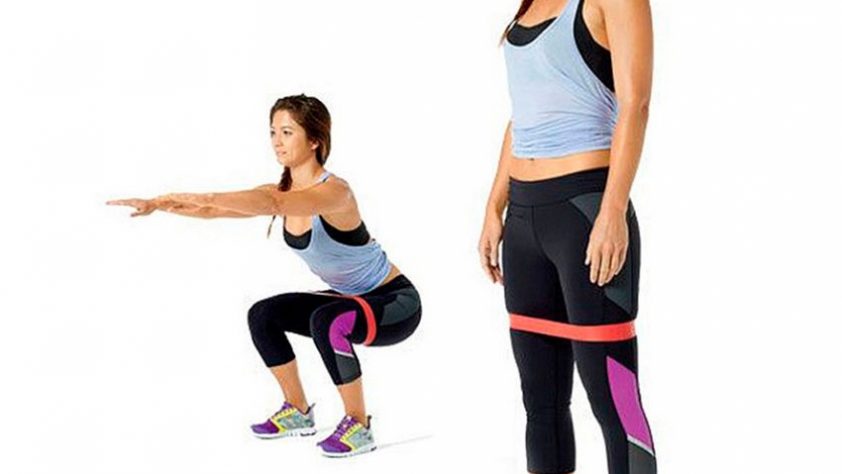Exercise “book” refers to gymnastic. It is also used in the training of swimmers, weightlifters, track and field athletes and fitnessists. It was used in Soviet shaping, and then it was undeservedly sent to the dustbin of history as a traumatic one. In fact, it is easy to learn how to make a “book” in good technique, and it will not bring any problems. Movement is available to most people and will help flatten your belly, learn to work your legs and core in sync, and strengthen your front thighs.
Pros and cons of exercise

The “book”, contrary to popular belief, is a natural movement. It is quite normal for a person to strain the abs when bending at the hip joints. The exercise was widely used in athletics just for the purpose of strengthening the core and developing the skill of drawing in the abdomen and contracting the press.
Other benefits of the exercise:
- synchronizes the work of the body and legs, helps to develop coordination;
- strengthens the abs without additional load, and is difficult enough for advanced;
- has variations for beginners and intermediate;
- can be performed in static and dynamic modes;
- allows you to tone not only the press, but also the muscles of the front of the thigh;
- improves the mobility of the hip joint;
- makes the belly flat;
- helps to develop the skill of drawing in the abdomen;
- can be performed anywhere, including at home;
- can be performed with weights on the chest, ankles, with a rubber expander.
The main disadvantage of the exercise is the need to master the correct technique. Beginners who fall too far backward or do glute rolls run the risk of lower back injury. In addition, movement can “develop” into exercise for the quadriceps, if the condition of the back muscles is not monitored.
What muscles work

The main engines are the abdominal muscles:
- rectus and oblique abdominal muscles;
- transverse muscle.
Accessory muscles are the adductors of the thighs and quadriceps. Partially stabilization occurs due to the broadest muscles of the back.
Technique for performing the exercise book on the bench

The gymnastic bench allows you to simultaneously remove the load from the tailbone and work on balance, involving more in the movement of the abdominal muscles, and not the front surface of the thigh. Instead, you can use a regular chair, stool or cabinet.
Technics:
- Sit on your buttocks on a pedestal or bench, bend your knees and bring your hips to your stomach;
- Twist the lower ribs slightly to the pelvic bones so that the position is comfortable and the press is reduced;
- Straighten, remove your hands from the bench, and bend them at the elbows;
- Unbend at the hip joint, and at the same time lower your legs and body to the floor;
- Bending at the hip joint and at the same time twisting the lower ribs to the pelvis, rise to the starting position and bring the hips to the chest;
- Repeat the required number of times.
It is important to understand: the book is an exercise for the press, and you need to try to raise your legs by twisting the press, and not at the expense of performing a swing with them or raising the hips first, then the press.
Floor technique

Technically, this exercise is done like this:
- you need to eat on the floor on the buttocks, and raise your legs;
- cut the press, curl the chest to the pelvic bones;
- straighten up, and repeat as many times as necessary according to the plan;
- during training, do not lay your back on the floor, and try to avoid completely relaxing the press.



